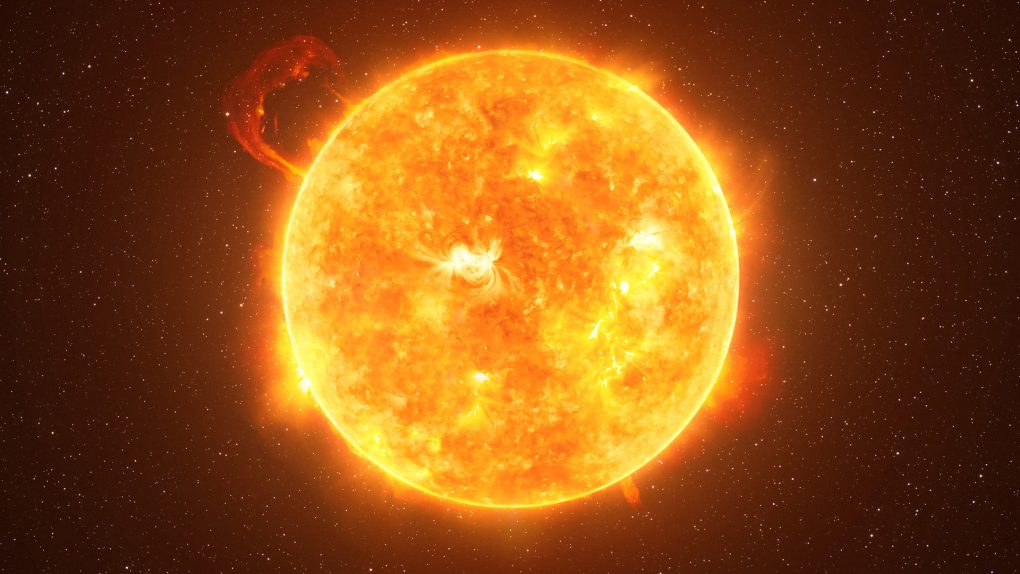Earth was hit by a massive X-class solar flare, creating an hour-long radio blackout in parts of southeast Asia, New Zealand, and Australia. The flare left the Sun at roughly 10:30 p.m. on Tuesday evening before traveling towards our planet and colliding with Earth’s upper atmosphere.
According to a tweet from the European Space Agency (ESA), the powerful X-class flare exploded from a sunspot called AR3256. Footage of the flare was captured by NASA’s Solar Dynamics Observatory, and the video can be seen in the ESA’s tweet below.
This massive X-class flare isn’t the first of its kind to leave the Sun behind in recent months, or even the only one to cause radio blackouts. The number of X-class solar flares erupting from our solar system’s star is only going to increase as the solar cycle draws closer to its peak – when the Sun is at its most volatile. This cycle lasts roughly 11 years, and we’re nearing the peak of the cycle, when solar activity is at all-time highs.
Solar flares like this extremely powerful X-class flare can completely devastate Earth’s upper atmosphere, leading to disruptions in radio wavelengths and other signals traveling through that part of the atmosphere. Luckily this most recent blackout only lasted an hour and had a very limited range of effects.
While solar flares like this most recent X-class flare can create disruptions of technology and radio signals, they can also produce some very pretty phenomonon in the night sky. Most recently, we saw auroras reaching as far south as New Mexico, which were fueled by powerful interactions between our planet’s upper atmosphere and solar energy.
Of course, the possible negative effects go beyond simply causing radio blackouts, and powerful enough X-class flares could lead satellites to be knocked out of orbit. That will take a much stronger flare than the one we saw earlier this week, but as the sun’s solar cycle prepares to peak in 2025, we could see more powerful flares erupting from our star.
Due to the possible damage that these flares can unleash on our technology, scientists are looking for better ways to predict solar flares, to help give us more of a heads-up about when they’re happening.








